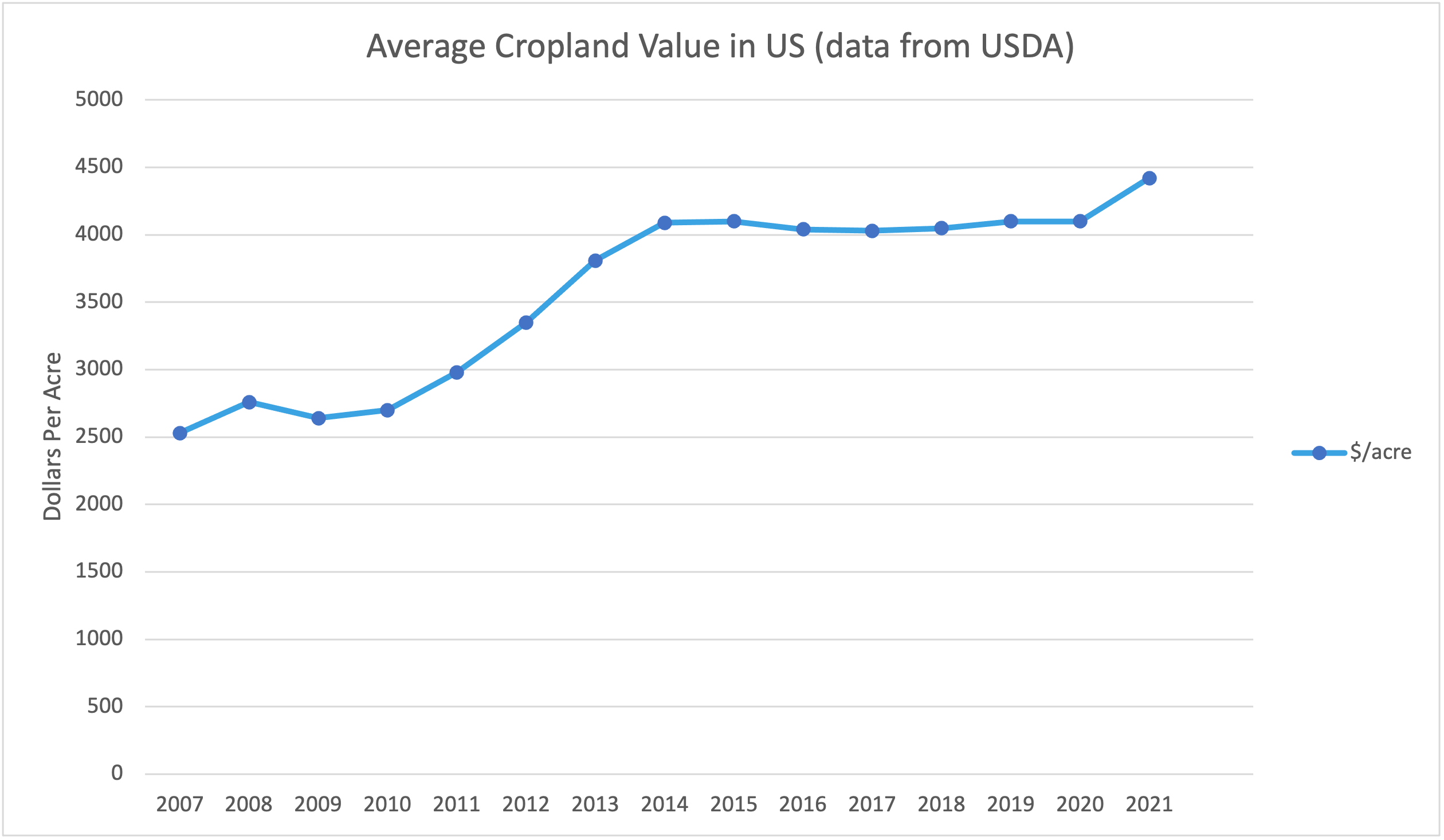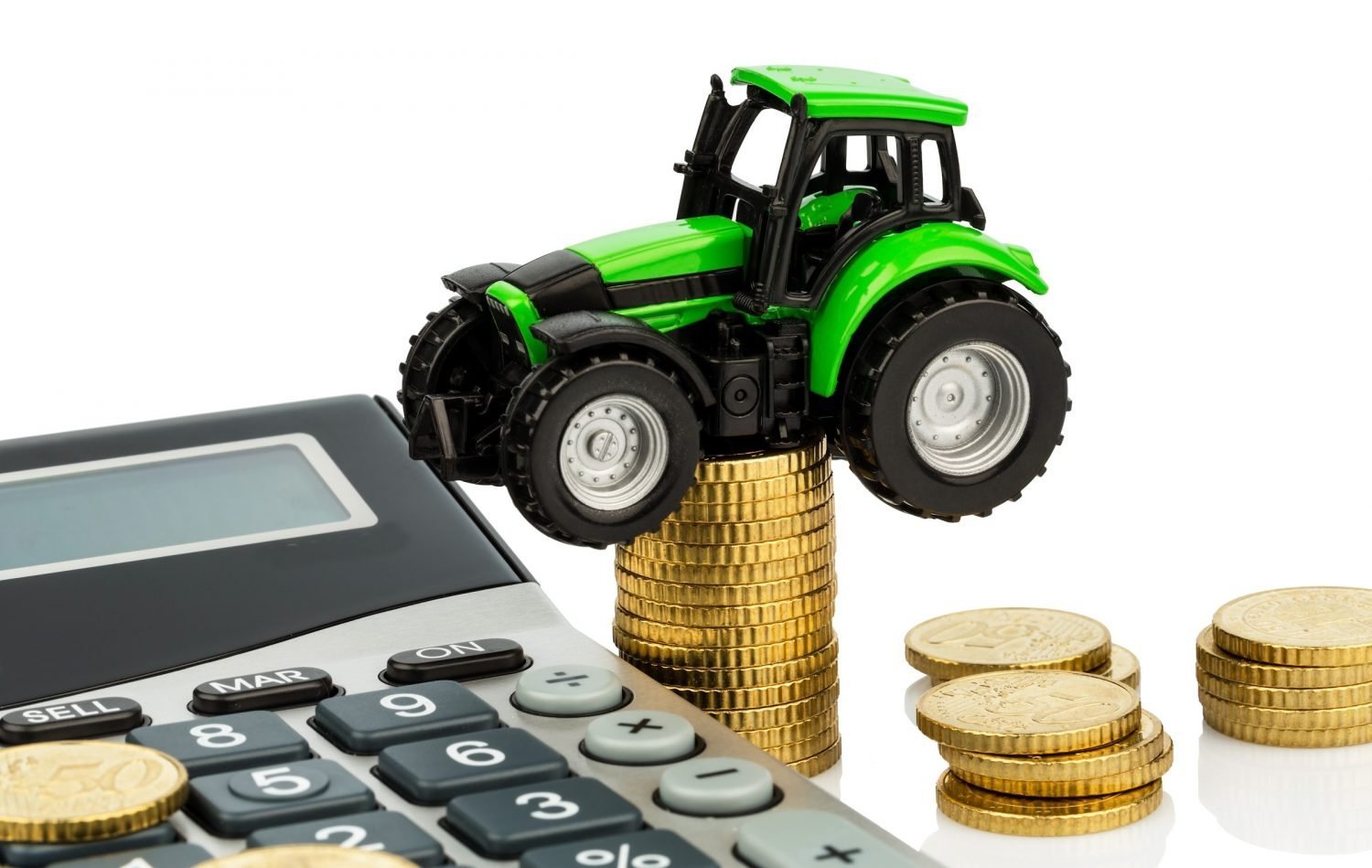Farmers, while you may be months away from planting season, you are facing skyrocketing input prices, shortages, and uncertainties now. With these challenges, having an effective and efficient strategy to plan and prepare for planting - and harvesting - in 2022 and beyond provides peace of mind. We help farmers just like you meet and defeat these challenges on a daily basis.
Current cost and availability challenges
A global shortage of these chemical ingredients that you use to improve yields, especially for corn and wheat row crops, is much to blame for these increases in costs. Add in a pandemic, natural disasters hitting production locations, and political turmoil, and we have a perfect storm of input shortages and rising costs. The labor market of rural America is also strained with inflation and staffing shortages. Farm equipment and land are also becoming more scarce - and expensive.
Today, Conservis customers leverage the farming software to perform cost-based financial analysis of growing activities right down to the square yard. This helps growers like you determine whether that added fertilizer cost was worth it.

I don't want to spray an ounce more nitrogen on my fields than what I need to. Zone Economics (within Conservis) allows us to drill down and see where the money is best spent and where we're wasting money, chemicals, and nutrients.
Learn more about Zone Economics, a row crop tool we offer to help you get the peace of mind you deserve.
As of December, 2021, fertilizer prices in the U.S. have increased by as much as 300%. Increases like this affect almost all major U.S. row crops, especially when the significant nutrients these crops need are not only more expensive, but less available. Compared to prices in 2020, we are ending 2021 with increases such as:
- Ammonia up more than 210%
- Liquid nitrogen up over 159%
- Urea up 155%
- MAP (monoammonium phosphate) up 125%
- DAP (diammonium phosphate) up over 100%
- Potash up more than 134%
Essential ingredients for fertilizers are not the only inputs and assets seeing cost increases. As the supply chain on everything from paper milk cartons to new cars struggles to meet demands, the same is true for farm equipment. New machinery is backordered, leaving many farmers with available cash after a good harvest looking to invest in used equipment. This in turn is driving price hikes for used equipment. Growers like you are turning to auctions and purchasing previously-owned equipment in order to keep their farms producing and to take advantage of tax laws that favor spending and investing.
Farmland prices and land rent continue to rise
Rising farmland prices continue to challenge growers. As you can see in the graph below, the USDA reports a fairly significant and steady incline in farmland prices. Contributing factors to this increase over the last year include:
- Low interest rates
- Solid farm income for 2021
- High commodity prices
- Decreased availability
It is not just the price of land for those seeking to purchase additional acres, but the interconnected rise in land rent for 2022 that you're facing. According to Ray Massey, a University of Missouri ag economist, growers could see a more than 10% rise in lease costs in 2022. This projected doubling of the usual growth rate is putting financial pressure on farmers, especially if those commodity prices drop concurrently.

It is a difficult dance to move between farmland values and interest rates. Wonderful - interest rates are low, giving you more buying power. However, historically as we have seen the interest rates fall, land values move in the opposite direction. Now land is getting closer to unreachable in prices, especially for smaller farm operations.
Did you forget your dancing shoes?
No worries. Conservis can help you compile the data you need to see in order to learn which moves to make on the farming dance floor. Our solutions help you plan for budgeting, inventory, and the bottom line - your return on investment (ROI). The following video is a great example of how one client uses data-driven software to negotiate land prices with clear and concise field-level production numbers.
Read the full Glenmary Farms LLC story here.
How are you responding to soaring input prices?
All of this leads to trying to balance inventory, determining the best plan for spending, and keeping it all in check as markets adjust. We are proud to be a leader in farm management software (FMS), helping farmers like you do all of this. We integrate with those systems you may already use, such as Climate FieldView™ and John Deere Operations Center, to create comprehensive activity records, produce timely and accurate reports, and support operational and financial management of the farm. Our system provides balance and stability so that even during uncertain times you can plan for the next harvest, and the future. Rest easy. We've got your back.

You might be considering your options when planning for next season’s planting and harvesting and asking yourself questions such as these.
- Should we switch to soybeans because we won’t need as much fertilizer?
- What would happen if we reduced acreage on the south farm?
- Is now a good time to invest in that land while interest rates are low?
These are tough questions. A solid farm management system (FMS) can’t make the questions easier, but it can give you real-time, efficient, reliable information pertaining to your specific operation. Knowledge is power and actionable data is the most valuable crop of all.
Conservis is the leading farm management software system. Interested in how our tools could support your operation as you make decisions about costs, equipment, and land?

